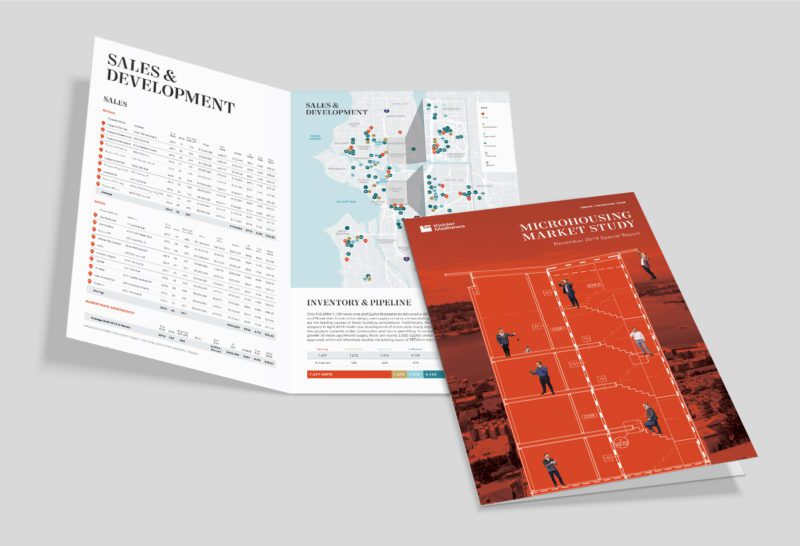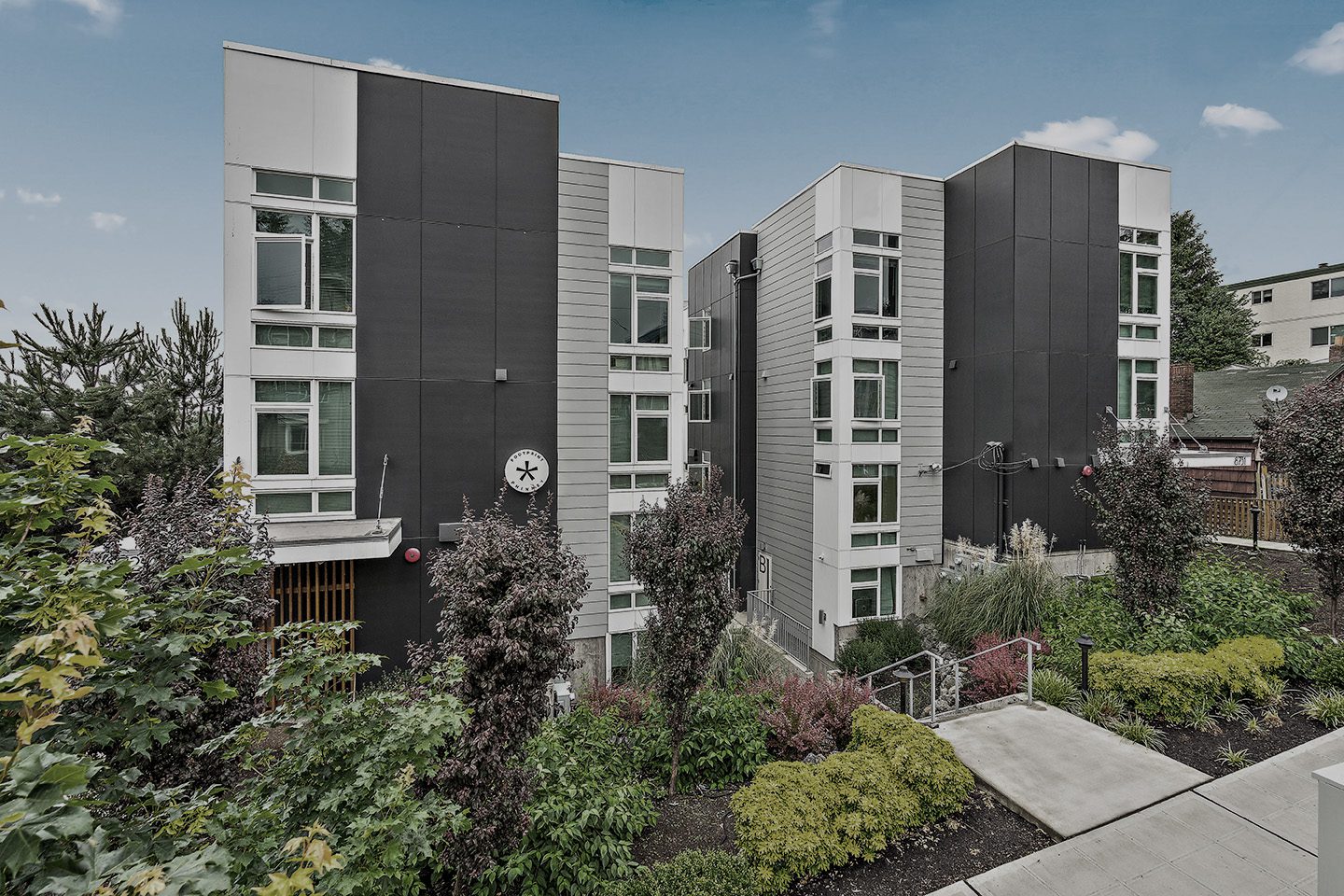Seattle’s multifamily microhousing maintains exceptionally strong fundamentals in 2019, further development heavily regulated
Seattle, Wash. (November 21, 2019) – Multifamily microhousing may still be a contentious asset class to Seattle City officials, but they have normalized among both investors and renters over the last decade according to the 2019 Microhousing Market Study, released by the multifamily investment team led by Dylan Simon and Jerrid Anderson of Kidder Mathews.

Click here to download a digital copy of the full 2019 Microhousing Market Study.
The regulatory environment for multifamily microhousing – which includes congregate units, micro studios, and Small Efficiency Dwelling Units (SEDU) – has been in flux since reemerging as an affordable alternative to market-rate studios in Seattle nearly a decade ago.
Although many renters seek out this class of small apartments, ranging from 175 to 375 square feet per unit, over the last few years policy changes altered both the letter of the code and how it was interpreted by building officials. As a result, congregate units and micro studios are nearly impossible to develop today.
This impact is evident in Seattle’s multifamily microhousing development pipeline, with only two projects comprising micro studios under construction and two in permitting. SEDUs, however, have faced fewer regulatory barriers, and remain a popular apartment type among developers and renters in Seattle’s growing urban neighborhoods. There are nearly 3,000 SEDUs under construction or with approved plans, which would effectively double the existing stock of SEDUs in the next 24 months.
Yet, because there is little competition from new micro studio apartments, 2019 boasted seven successful sales for this microhousing category. The premium location of these building sales generated aggressive investor interest, pushing price per unit 15% higher than the three micro studio apartment sales that occurred prior to 2019. Microhousing sales in Seattle yielded an average price per square foot 34% higher than sales of market-rate apartments.
“We’ve been invested in understanding the dynamics of multifamily microhousing and educating investors about this unique asset class for years,” said Anderson. “Our big takeaway from our latest market research? Seattle’s residents have spoken, and they see microhousing viable housing that offers them an affordable option to live in the best neighborhoods in our city.”
As the current market cycle continues to mature, microhousing remains the most innovative way for Seattle investors to diversify and improve downturn resilience for apartment portfolios.
Click here to download a digital copy of the full 2019 Microhousing Market Study.
All research reports are available at DylanSimon.com/Research.

